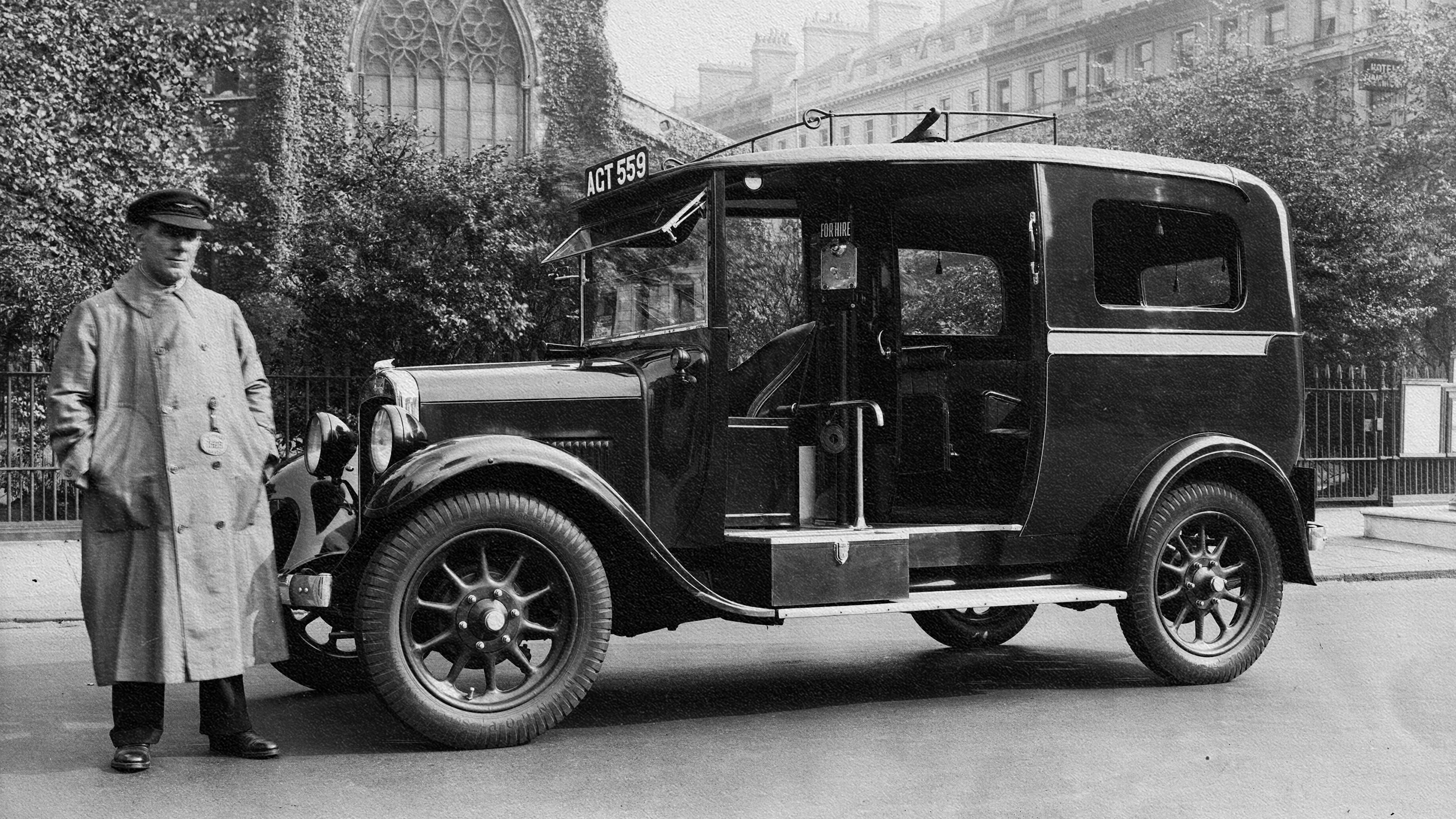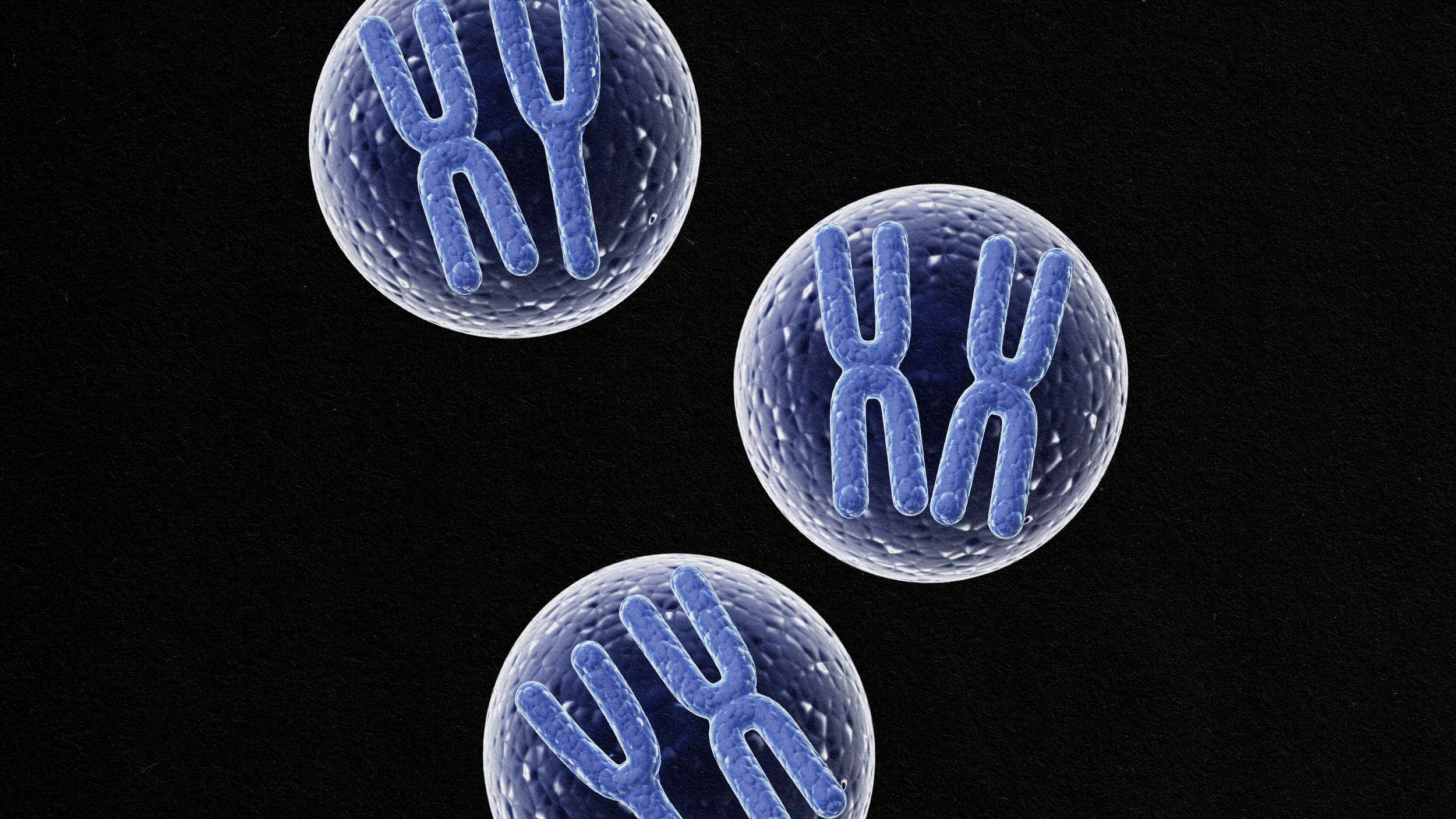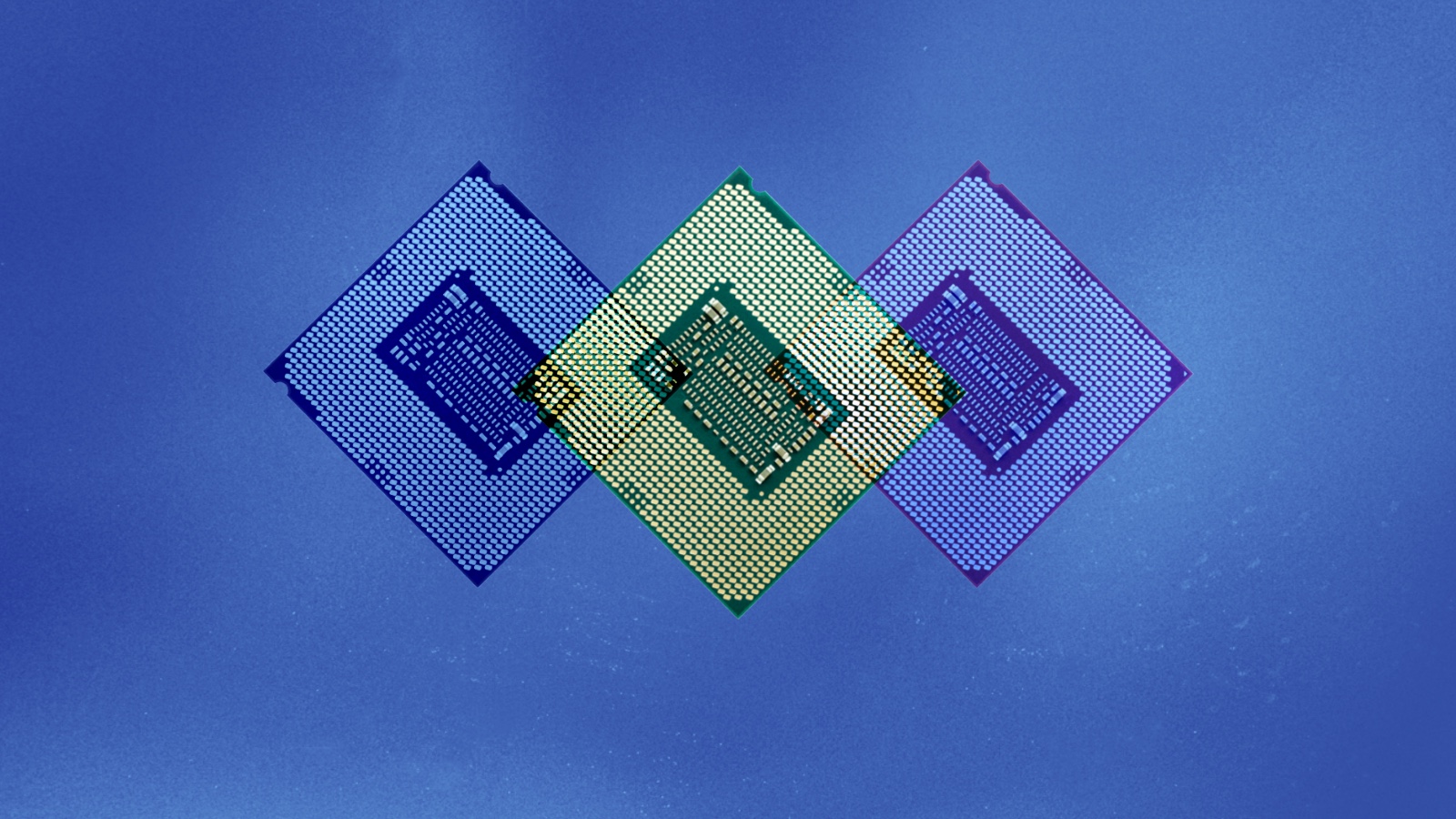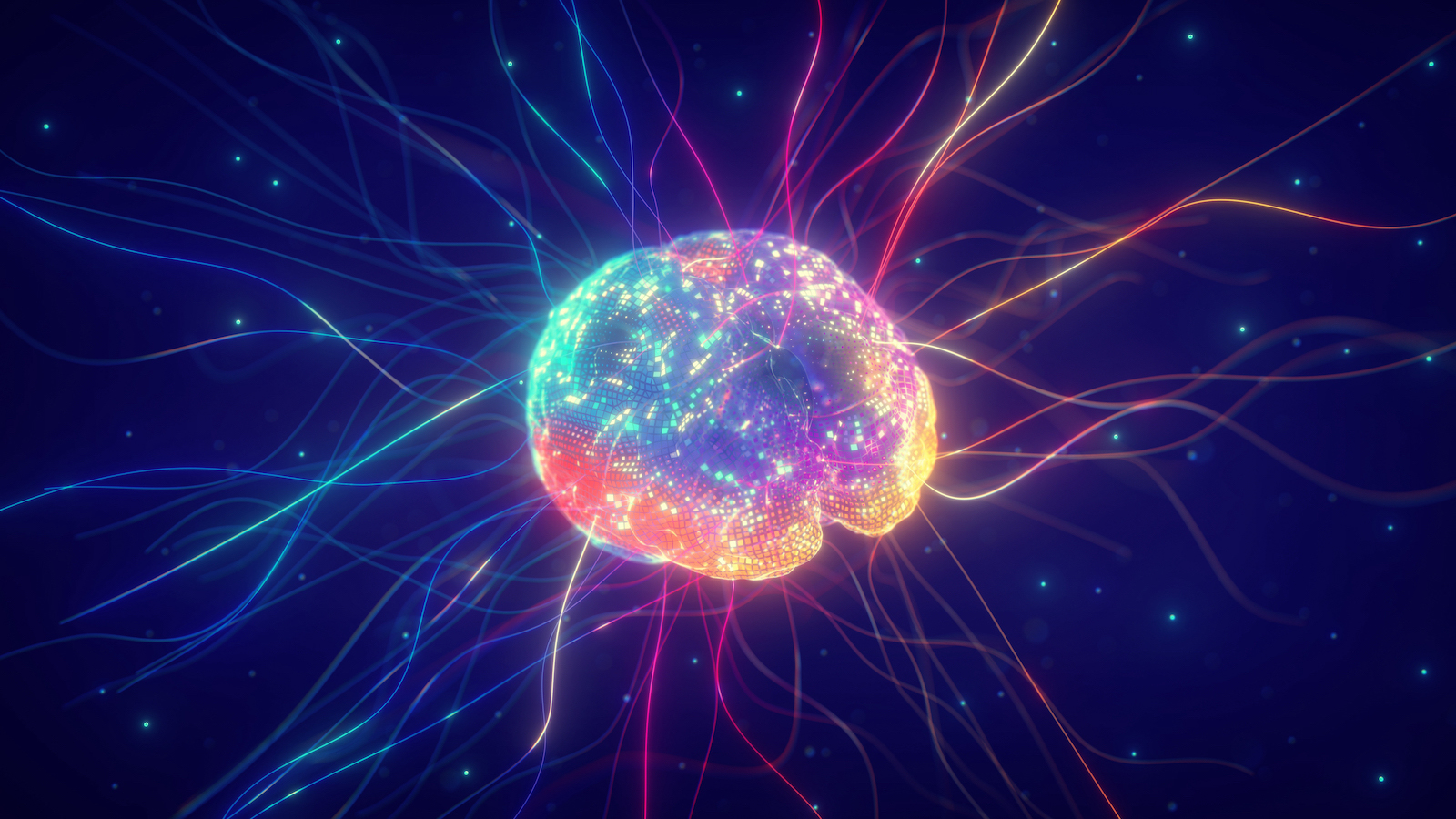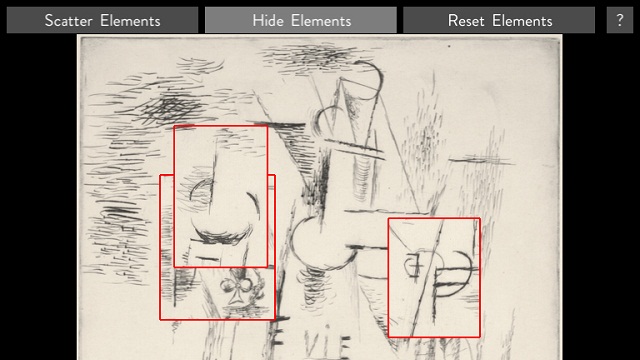First Step Toward Prosthetic Memory
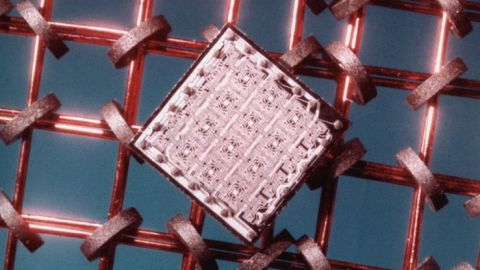
What’s the Latest Development?
A new computer chip developed by researchers at Wake Forest University boosts memory retention in lab rats by marrying math and neuroscience. “At its heart is an algorithm that deciphers and replicates the neural code that one layer of the brain sends to another. The function restored by the implant is limited—rats were able to remember which of two levers they had pressed.” Even after some rats were given nerve-blocking drugs to inhibit memory retention, those with the new memory implant could still remember which lever they had pressed.
What’s the Big Idea?
While testing the memory prosthesis on humans remains a distant goal, researchers believe that a similar device could be used to treat victims of stroke, dementia and other forms of brain damage. “Researchers are now working to increase the number of neurons they can monitor and to move their research into nonhuman primates—next steps on the long journey toward developing a human implant.” Charles Wilson, neuroscientist at the University of California, Los Angeles, says we can already record and stimulate a single neuron in humans, which is the first step in creating a prosthetic memory.
